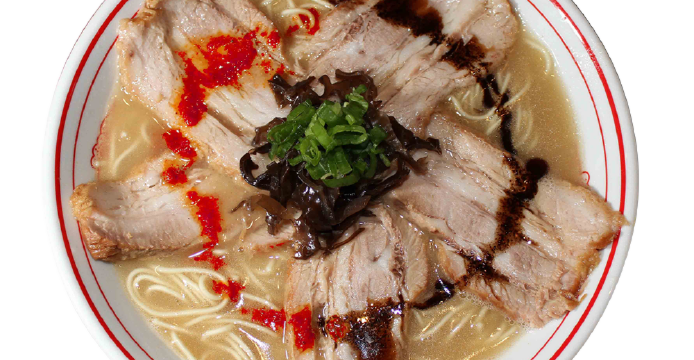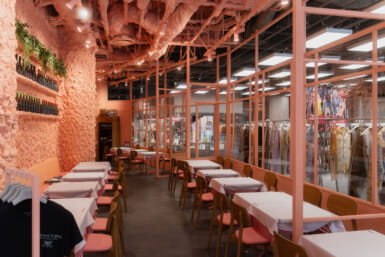Ramen aficionados, this is the time of the year when you can sample all kinds of noodles from all over Japan, at one single venue.
With research and a bit of a poke around the internet, you’ll find that people get really serious about ramen, to the point that you may feel a little intimidated looking at all the different kinds you may have had no idea even existed. Many of us may even simply considered ramen as post-drinking fare but now it’s time to appreciate it for its distinct and varied flavours and varieties.
There are almost as many regional kinds of ramen as there are prefectures, although these can pretty much be categorized into mainly four kinds of ramen, split by soup flavours: shioramen (salt flavored soup), shoyu ramen (soy sauce flavored soup), tonkotsu ramen (pork bone based creamy soup) and miso ramen (miso flavored soup). Common ramen toppings are negi, shinachiku (seasoned bamboo shoots), nori (dried seaweed) and boiled egg, but really there are no ‘rules’.
Whether you’re already a ramen connoisseur or are just learning about the noodle, the Tokyo Ramen Show will definitely offer something to please your taste buds. The event plans to feature about 40 regional types of ramen which can be found from the cold lands of Hokkaido to the southern tip of Kyushu.
Admission to the park is free but each bowl of ramen costs ¥800. Beware, as queues get endless, so we strongly suggest buying ramen tickets in advance at your local convenience store, so you can skip that part when you get to the event. Some stalls offer special ‘mini ramen’ or other taster sets, too.
Here is a small round-up of types of ramen you should get excited about:
Hakata Ramen
One of the most popular types of ramen in Japan, the main characteristic of Hakata ramen – from Fukuoka/Hakata in Kyushu – is its thick, white soup made from pork bones and its ultra thin, firm noodles. Pickled red ginger, benishoga, is a popular (and optional) garnish.
Sapporo Ramen
Sapporo ramen shops use a soup that features an aka-miso (red soybean paste) base, characteristically topped with vegetables such as bean sprouts, corn and cabbage, which are frequently stir-fried and tossed with soup in large woks. An additional chunk of butter is often added as a signature Sapporo-style topping.
Tokyo Ramen
The most widespread style, and perhaps best-known to the rest of the world. With a soup made from pork bones and chicken stock, fish stock, shoyu tare, and curly yellow egg noodles, Tokyo ramen is maybe the most “average” of ramen styles – from the amount of water used in cooking the noodles to their shape, and the ingredients found in the soup.
Tokushima Ramen
Anyone who used to call Shikoku home will have a soft spot for this one (including this writer!) and the flavour is mouthwatering. The basic Tokushima ramen soup consists of short, thin noodles in a sweet/salty pork-belly stock seasoned well with soy sauce, along with slices of roast pork and an egg topping.
Kyoto Ramen
As opposed to the light, delicate flavours found in traditional Kyoto cuisine, Kyoto ramen soup is very thick and often made from chicken bones, which produces a thicker, richer soup than the much more popular tonkotsu (pork bone). Kyoto-style noodles are moderately thin and straight, and cooked to a notable softness, similar to many Chinese-style noodles.
Yamagata Ramen
The northwestern prefecture boasts a unique type of ramen. Yamagata’s hiyashi ramen features a cold broth, and may well have derived its inspiration from the Korean naeng-myunfound just across the sea of Japan. Like the popular Korean noodle dish, Yamagata hiyashi broth is beef-based, and very thin, curly noodles are used.
Click here to view the local specialties and organize your visit according to which types you wish to try. Keep in mind that the Tokyo Ramen Show is divided in two parts, each featuring different regions of Japan, so make sure you carefully plan your visit if there is a particular type that appeals to you.
Tokyo Ramen Show 2013
More information: www.ramenshow.com/index.html
When: November 15-24, 10:00-21:00 (10:00-17:00 November 19 & 24)
Where: Komazawa Olympic Park Plaza (see map)









